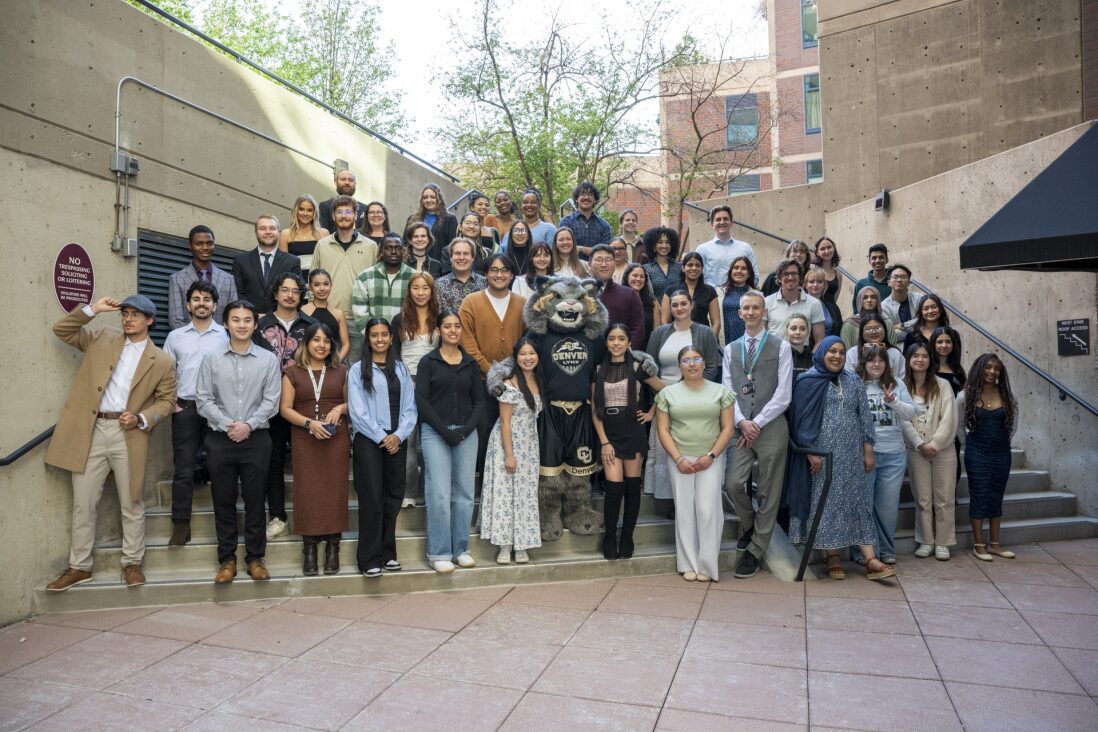In the windswept plains of eastern Colorado, near the town of Granada, a rebuilt watchtower stands guard over the empty concrete foundations and barren dirt roads of Camp Amache. The site of the former concentration camp, where thousands of Japanese Americans were forcibly imprisoned during World War II, is the newest historic landmark in the National Park system.
The camp was established in 1942 per President Franklin Roosevelt’s Executive Order 9066. This order authorized the federal government to forcibly remove and imprison people that it deemed a threat to national security. Although the text of the order did not specifically mention any nationality, records from the Roosevelt administration have revealed that it was intended to target people of Japanese descent. When the order was put into practice, the vast majority of those imprisoned were Japanese. Two thirds of them were United States citizens.
Most of the prisoners at Amache were taken from their homes in California, Oregon, and Washington, and brought by train to Colorado. When they arrived, they faced three years of detention without just charges and conditions hardly worthy for people living in the “land of the free.” Families lived together in single-bedroom housing units. Bathrooms and cafeterias were communal and afforded little privacy. Inmates cultivated their own crops and ran their own newspaper, and children attended school within the camp. No letters could be sent in or out of the camp without government censorship. Roughly 120 people died at Camp Amache, and the last prisoners didn’t leave until Oct. 15 of 1945, two months after Japan’s surrender in World War II.
Julia Yamashita, illustrator for The Sentry, has ancestral ties to Camp Amache. Her great-grandmother, Rosie Okabe, was removed from her home in northern California at age 19 and held in a horse stable before being sent to Amache. Okabe was one of three of Yamashita’s great-grandparents to be held at a Japanese prison camp. According to Yamashita, her great-grandmother felt safer inside the camp because everyone there was Japanese, which insulated prisoners from the racism and xenophobia of American society. Okabe also met her husband at Amache, with whom she returned to California after their release. This sense of community helped prisoners to survive at Amache, and it continues to foster connections to this day.
Most of the buildings at the camp were torn down or left to rot after 1945. For nearly 80 years, the preservation and memory of Amache was mostly left up to former inmates. In 1990, former prisoners of Japanese prison camps each received a check for $20,000 (roughly $45,000 today) in reparations, one of the few instances of such a repayment in American history. In 1993, the Amache Preservation Society (APS) was founded, primarily formed from students and teachers from the nearby town of Granada. Alongside the families and descendants of former Amache prisoners, APS has carried out a number of activities, including the establishment of a museum, the restoration of buildings and landmarks, and archaeological digs. It continues to steward the site as it transitions into the National Park Service.
Camp Amache was listed on the National Register of Historic Places the year after APS’s founding in 1994. In 2022, after decades of demands for recognition and reparations from Japanese Americans, Amache was authorized to join the National Park System. On Feb. 15, 2024, it was formally established as a national park. This represents a significant turn in the federal government’s recognition of the internment of Japanese Americans, which were erased from historical narratives for decades. The site is open from sunrise to sunset year-round (national holidays excepted) and is completely free to visit.

















